Besides the Golden Gate Bridge, San Francisco has a second popular landmark and tourist attraction to offer: Alcatraz, often referred to as “The Rock”. The small island is located in the San Francisco Bay, 1.5 miles (2.4 km) offshore from San Francisco and very well-know for its past as a prison.
Alcatraz was a federal prison from 1933 until 1963. Landmarks on the island include the Main Cell house, Dining Hall, Library, Lighthouse, the ruins of the Warden’s House and Officers Club, Parade Grounds, Building 64, Water Tower, New Industries Building, Model Industries Building, and the Recreation Yard. Alcatraz was designed to hold about 250 prisoners who continuously caused trouble at other federal prisons, mostly notorious bank robbers and murderers. During the 29 years it was in use, the jail held some of the most famous criminals in American history like Al Capone, Robert Franklin Stroud aka “the Birdman of Alcatraz”, George “Machine Gun” Kelly, Bumpy Johnson, Rafael Cancel Miranda, Mickey Cohen, Arthur R. “Doc” Barker, James “Whitey” Bulger and Alvin “Creepy” Karpis.
Besides, the island also provided housing for the prisons staff and their families. Several kids were raised at Alcatraz and spent their childhood next to the dangerous men behind bars.
During its 29 years of operation, the prison claimed that no prisoner ever successfully escaped. In total 36 prisoners made 14 escape attempts: 23 were caught alive, 6 were shot and killed during their escape, 2 drowned, and 5 are listed as “missing and presumed drowned”. The most violent escape occurred and failed in May 1946, where several prisoners and officers were killed.
Because of the high costs, the prison was closed in March 1963 by Attorney General Robert F. Kennedy. All inmates were transferred to the newly build United States Penitentiary in Marion, Illinois. Many of you will think, that’s the end of the story – and to be honest, I did as well. But there is more is to come!
In November 1969, the island was occupied by a group of Native Americans called United Indians of All Tribes to protest against federal policies related to American Indians. They demanded reparation for the many treaties broken by the US government and for the lands which were taken from so many tribes. During the 19 months of occupation, several buildings at Alcatraz were damaged or destroyed by fire including the recreation hall, the Coast Guard quarters and the warden’s home. Graffiti and other marks from that time are still visible at many locations on the island – like “Indians welcome” at the pier.
President Richard Nixon established a new policy of self-determination as a result of the publicity and awareness created by the occupation. The occupation ended peacefully on June 11, 1971.
Today, the island is part of the Golden Gate National Recreation Area and is open to tours. The only way to get to Alcatraz is by ferry from Pier 33 near Fisherman’s Wharf. The ticket also includes an 1 hour self-guided audio-tour which I can highly recommend! The tour takes you to all important places on the island and reveals all parts of Alcatraz history.
When I visited Alcatraz in February 2015, there was also a special exhibition taking place: @Large – Ai Weiwei on Alcatraz. The Chinese artist Ai Weiwei is internationally know for his work and selected America’s most notorious prison as the home for his new show. Because his passport remains in the hands of Chinese government authorities, he can’t leave the country and has never been to Alcatraz. The installation was constructed in this studio in Beijing for over 3 years and should reveal new perspectives about freedom and human rights.
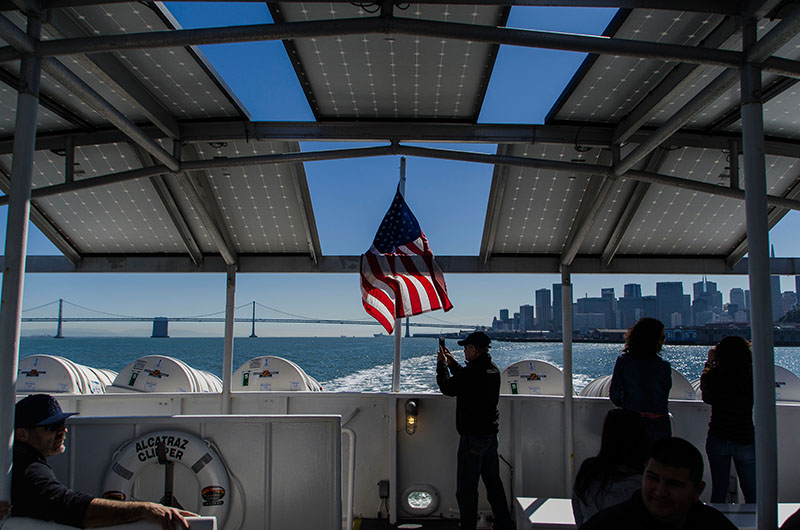 |
|
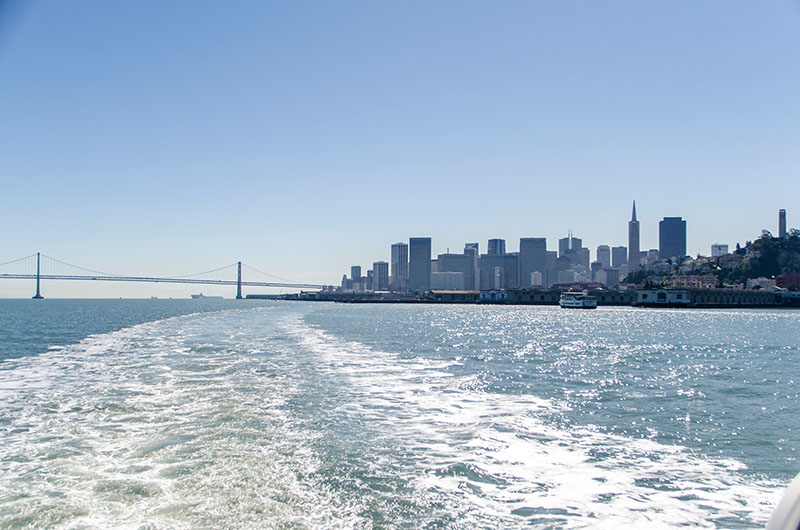 |
|
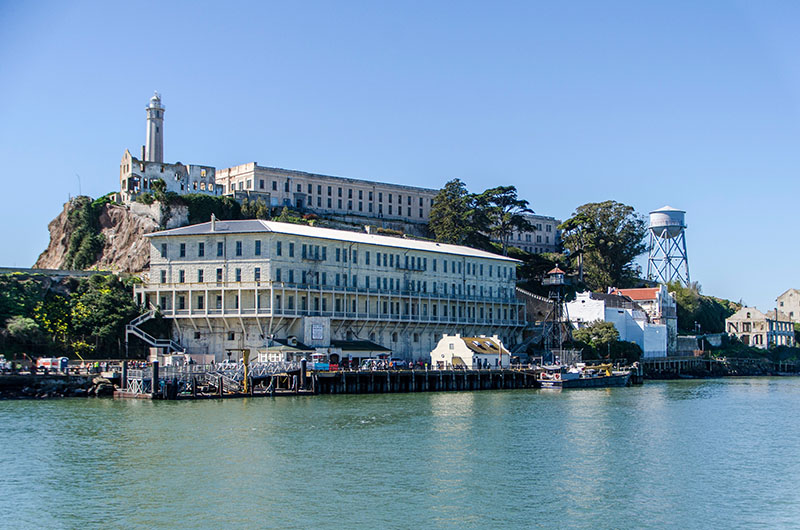 |
|
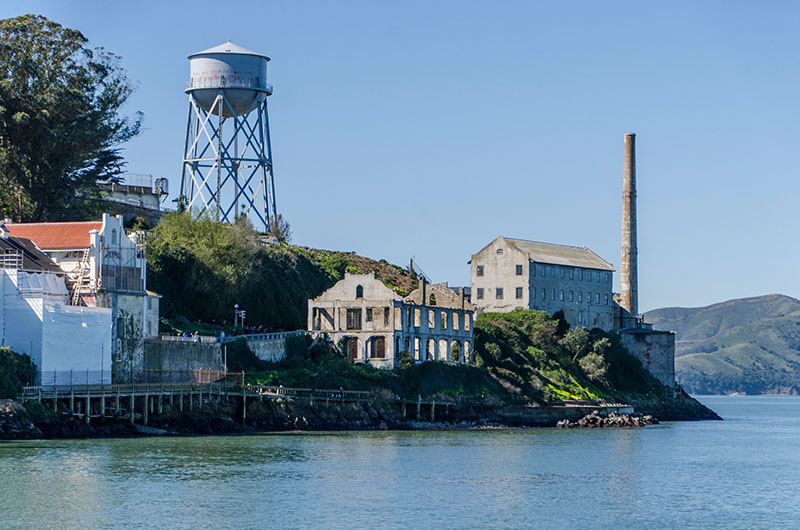 |
|
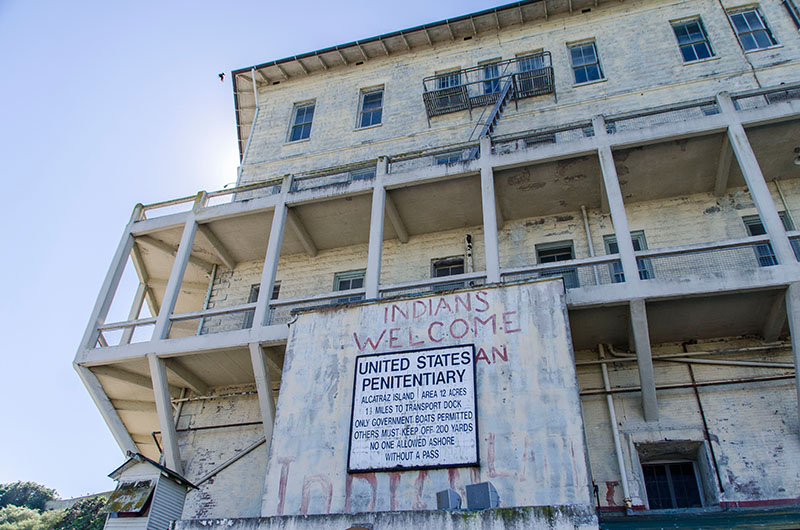 |
|
 |
|
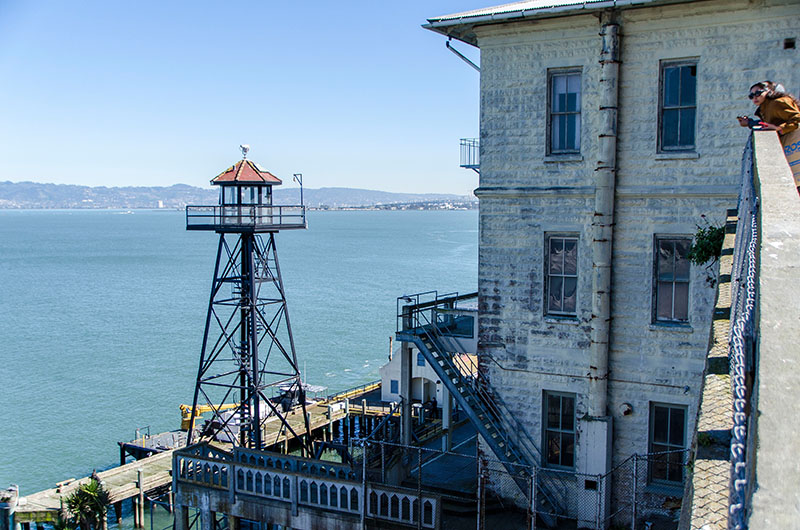 |
|
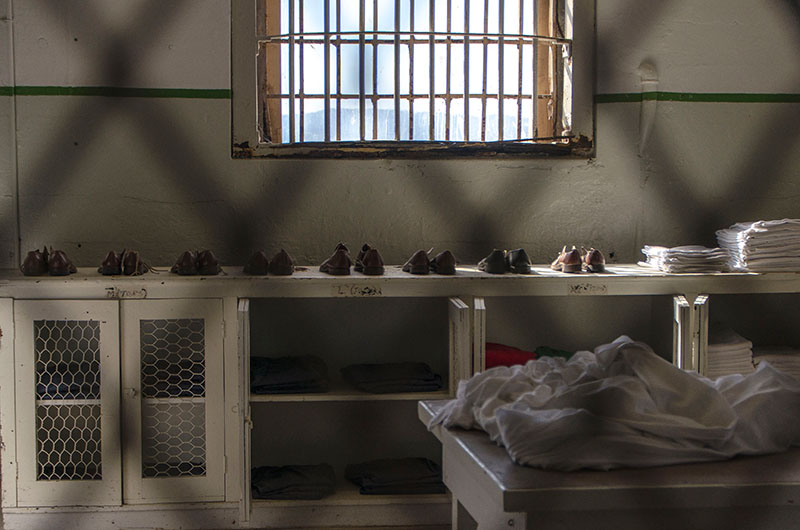 |
|
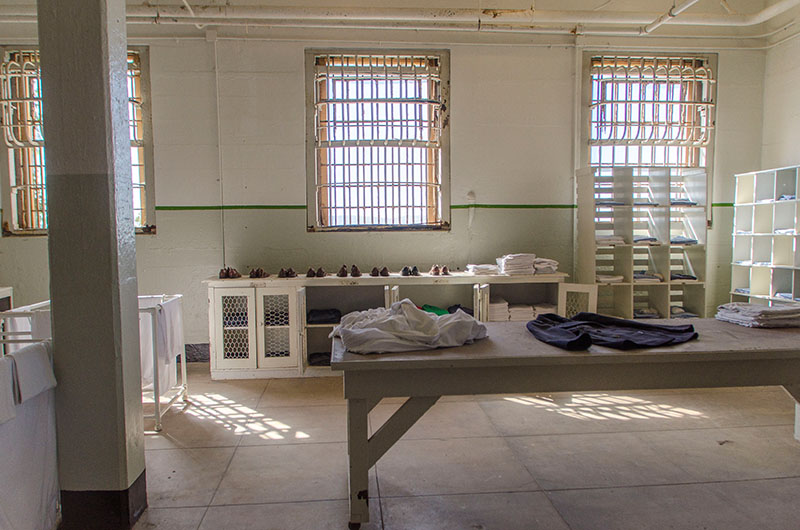 |
|
 |
|
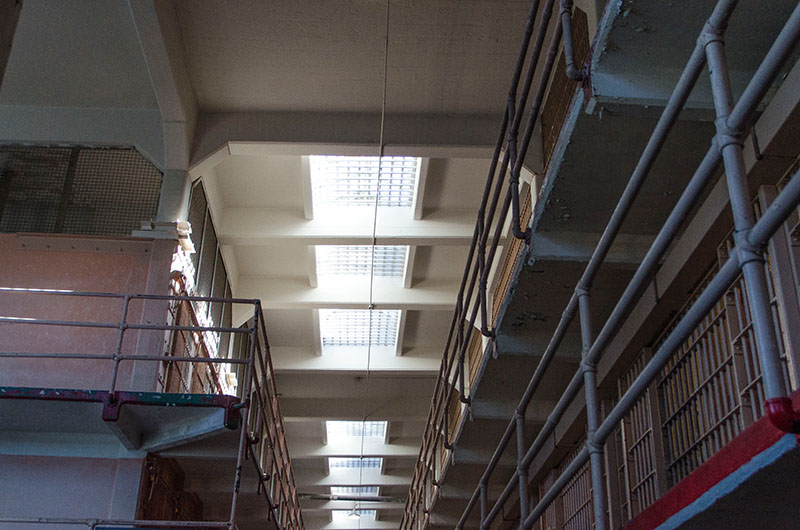 |
|
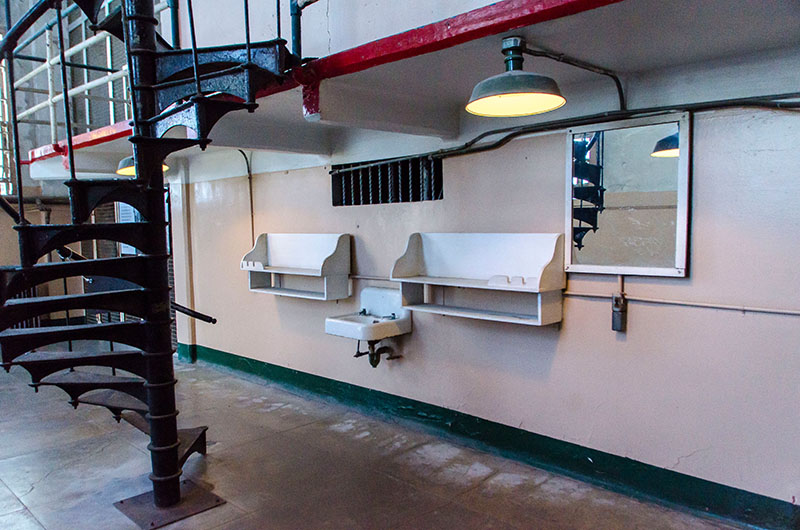 |
|
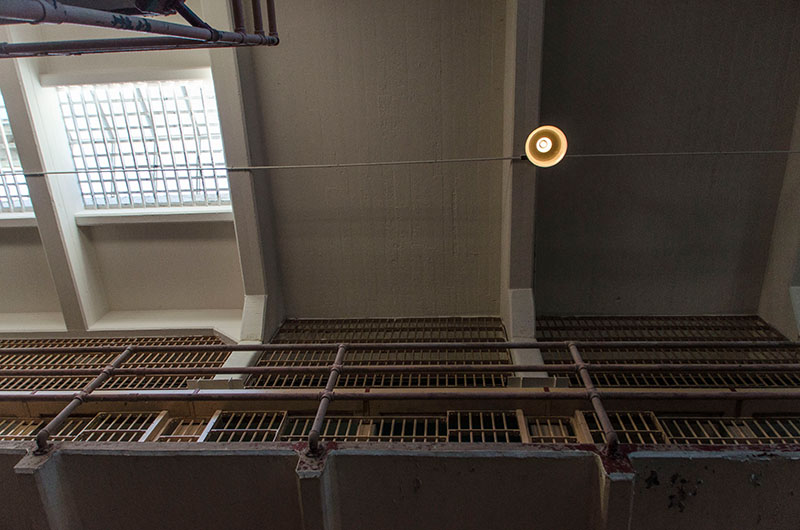 |
|
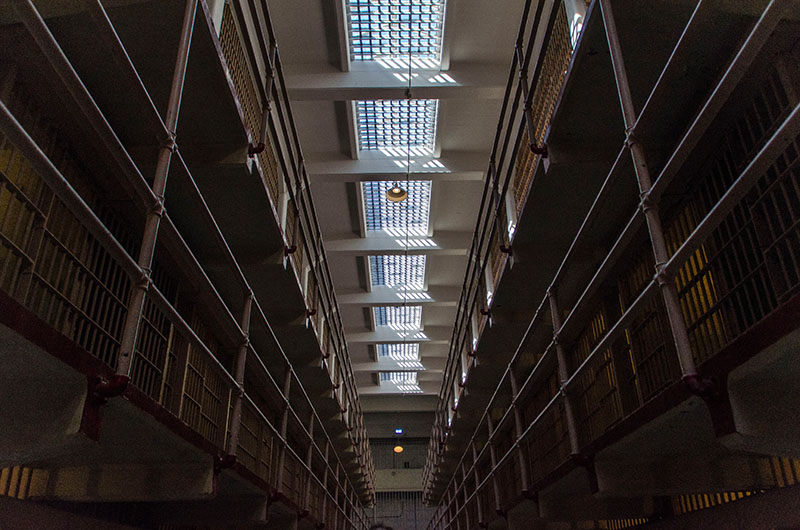 |
|
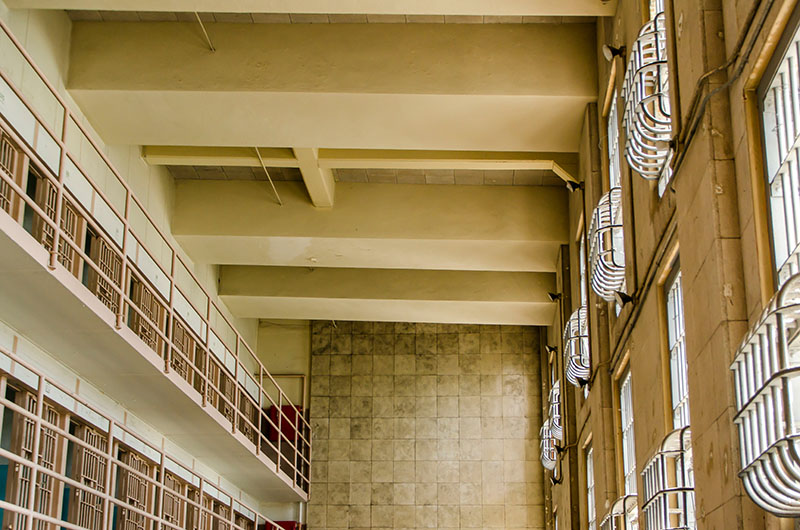 |
|
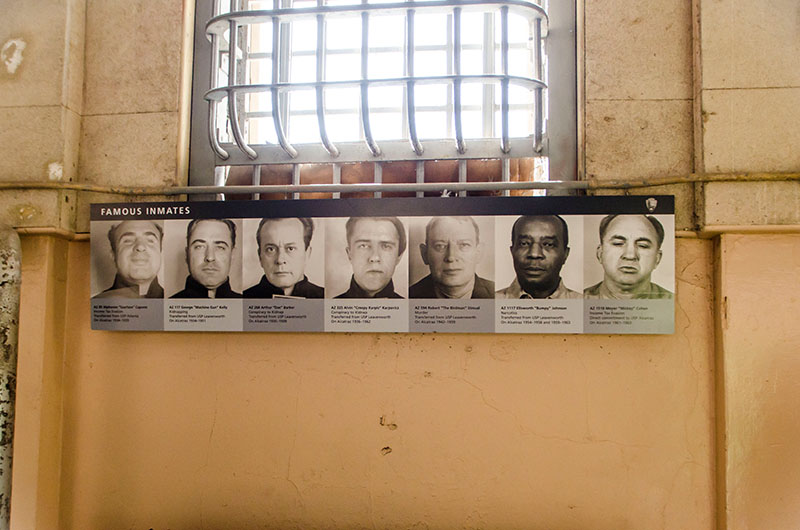 |
|
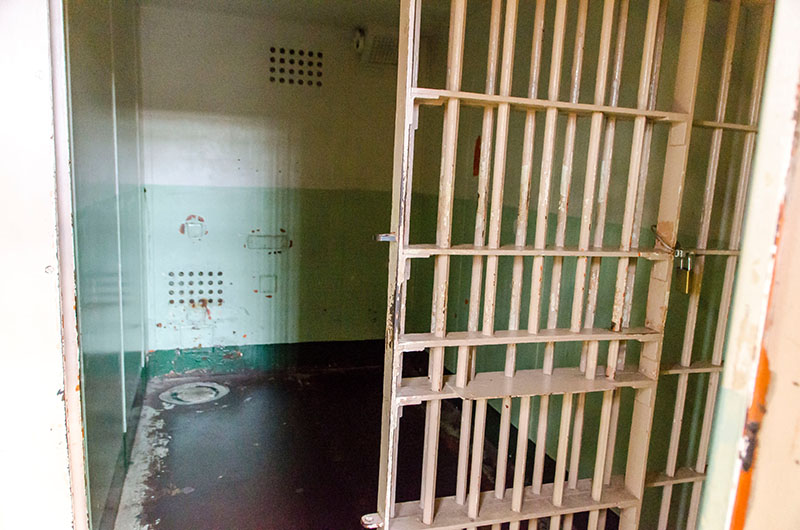 |
|
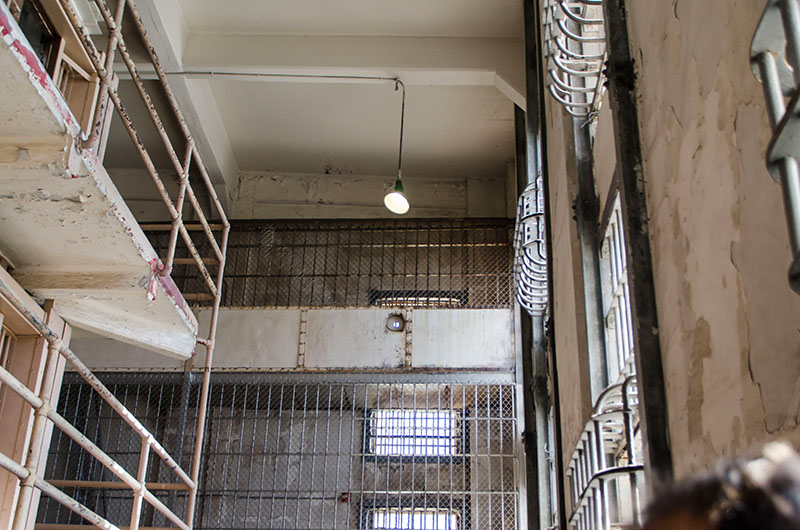 |
|
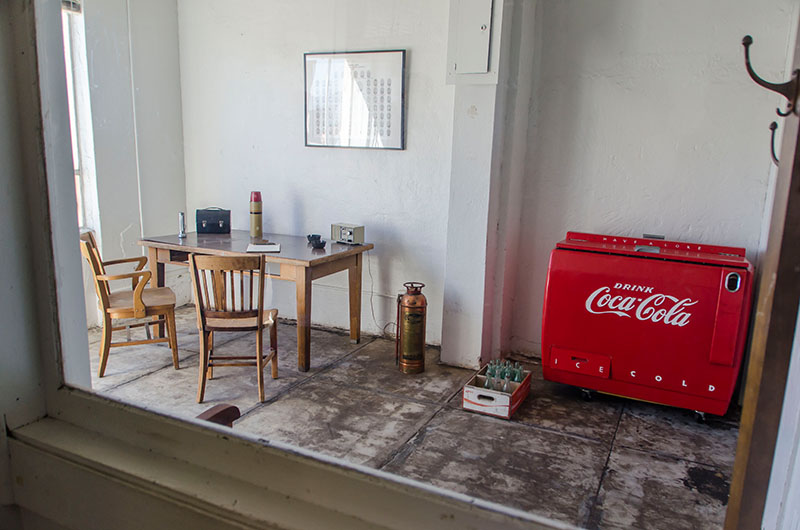 |
|
 |
|
 |
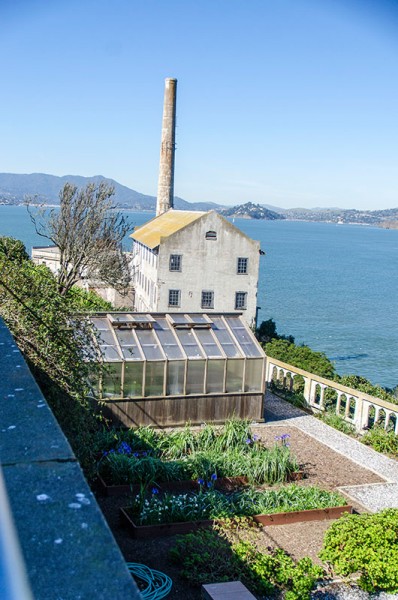 |
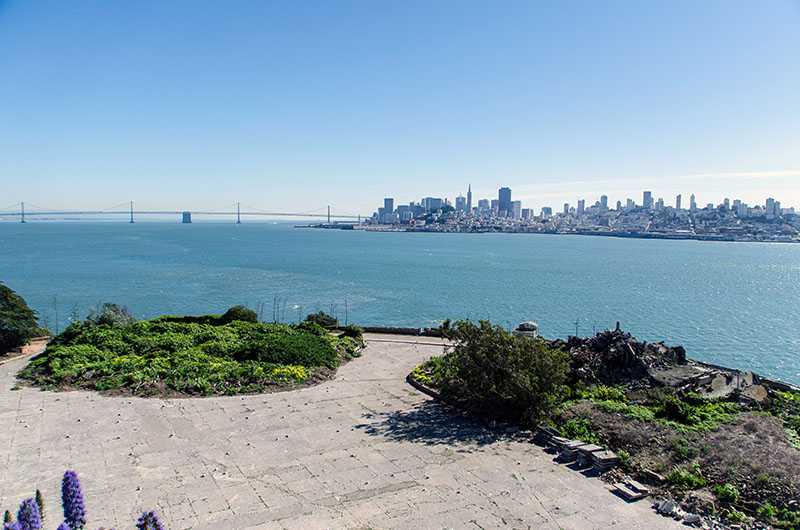 |
|
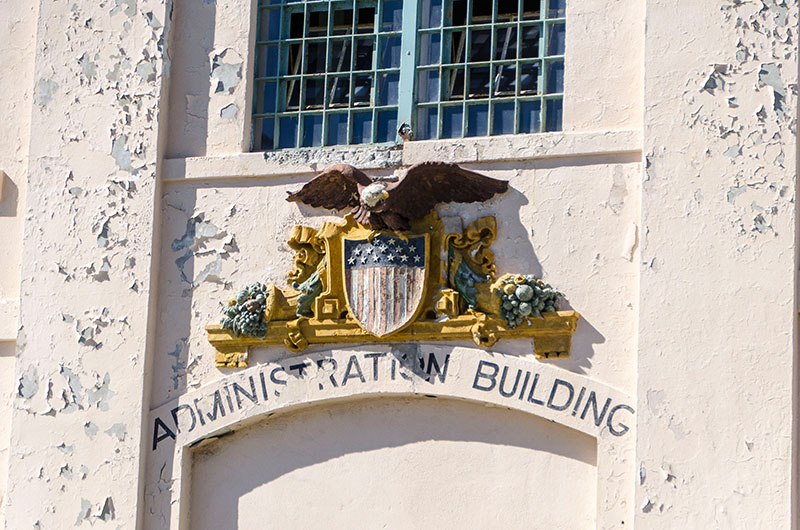 |
|
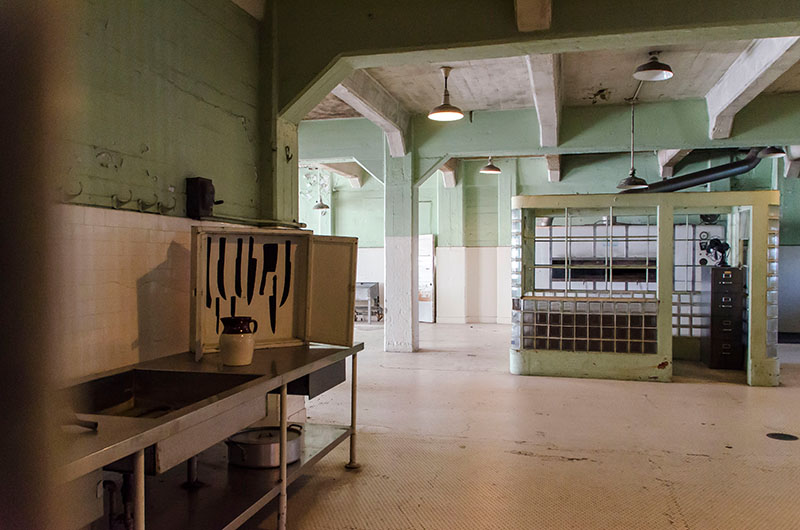 |
|
 |
|
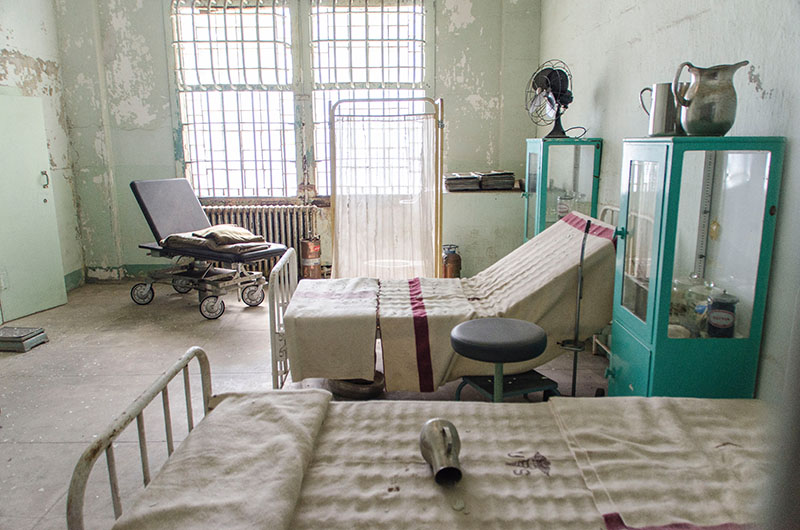 |
|
 |
|
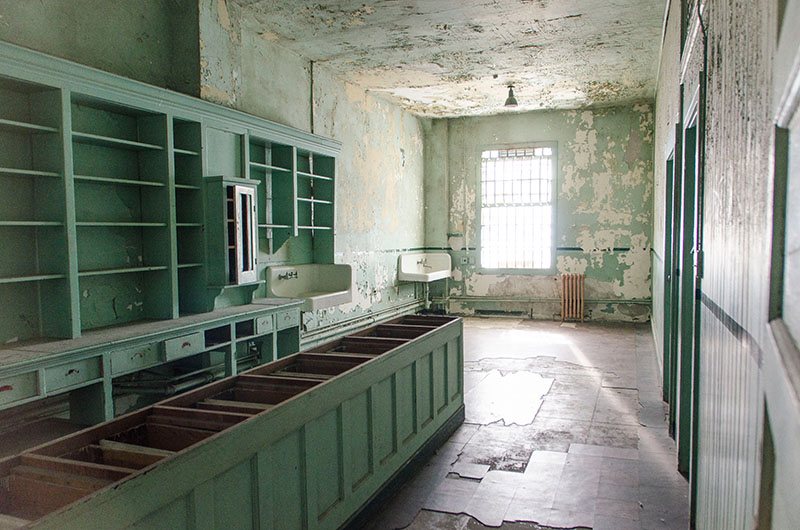 |
|
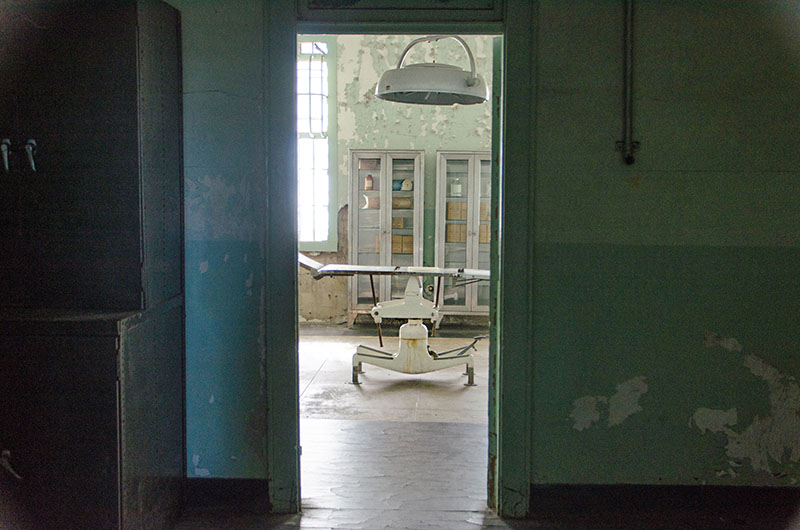 |
|
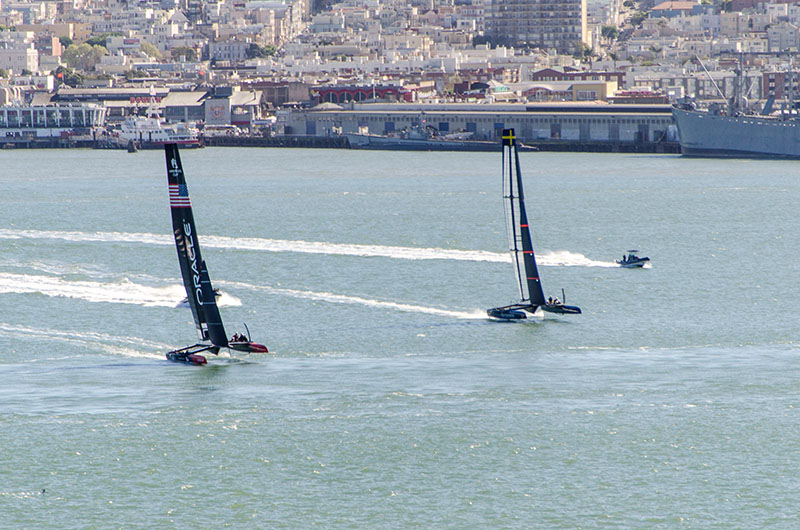 |
|
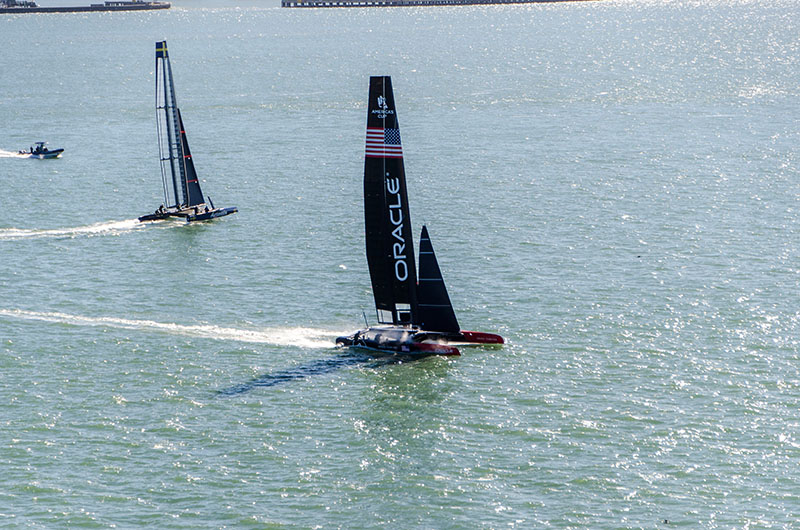 |
|
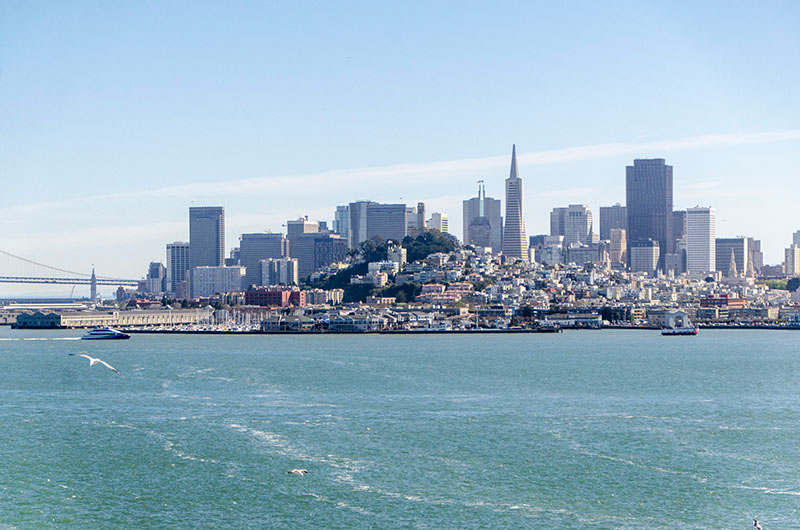 |
|
 |
|
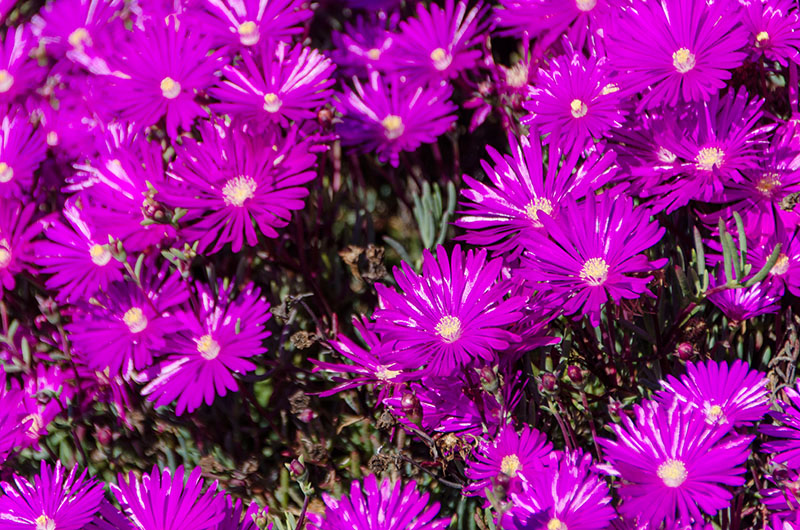 |
|
 |
|
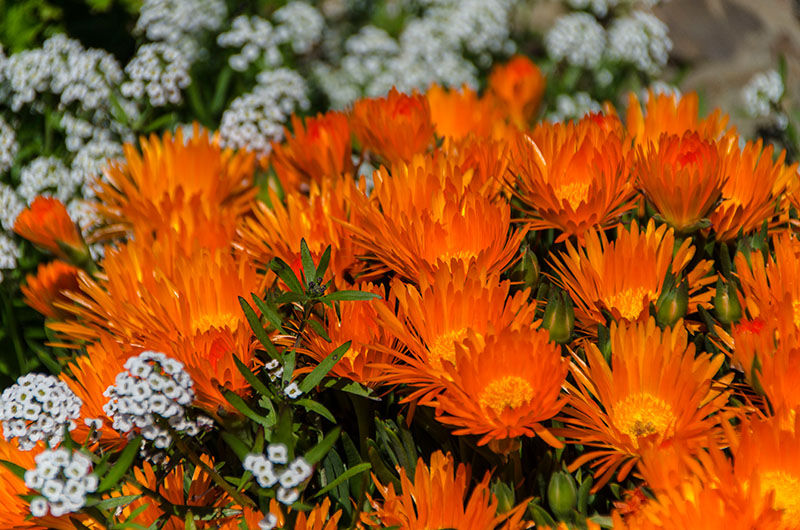 |
|
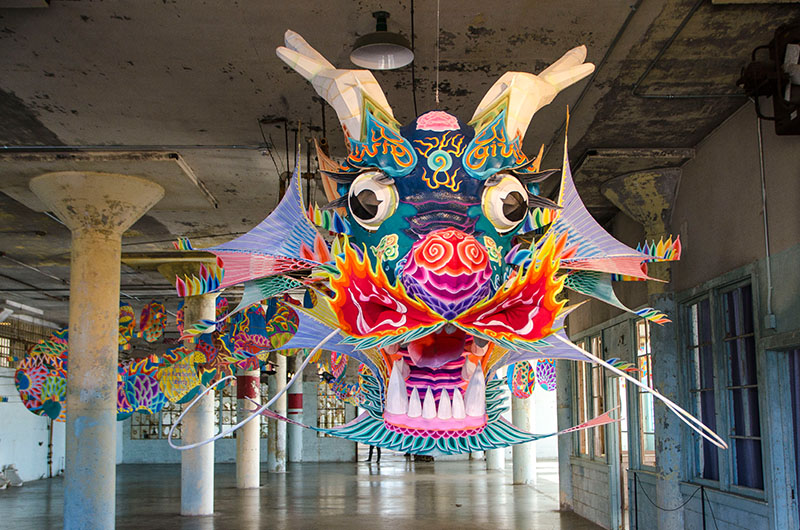 |
|
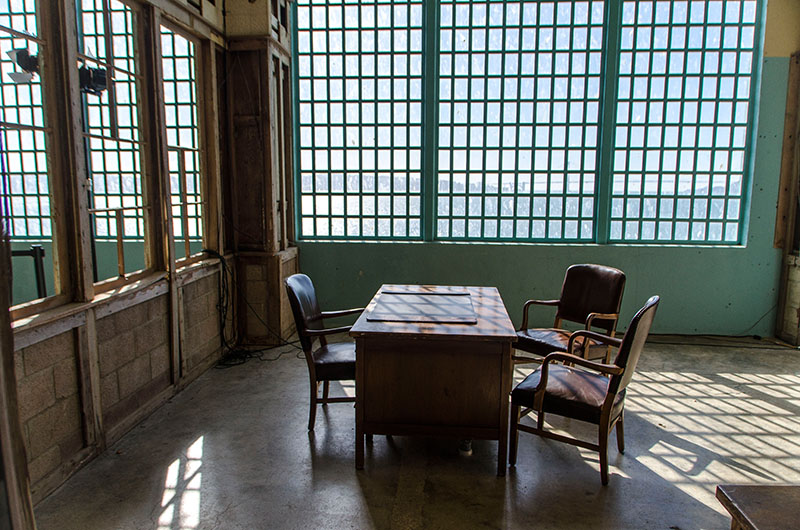 |
|
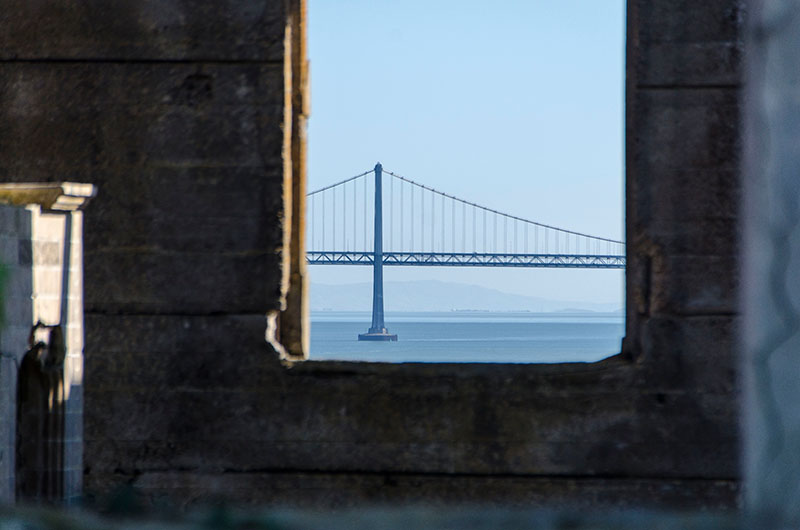 |
|
 |
|
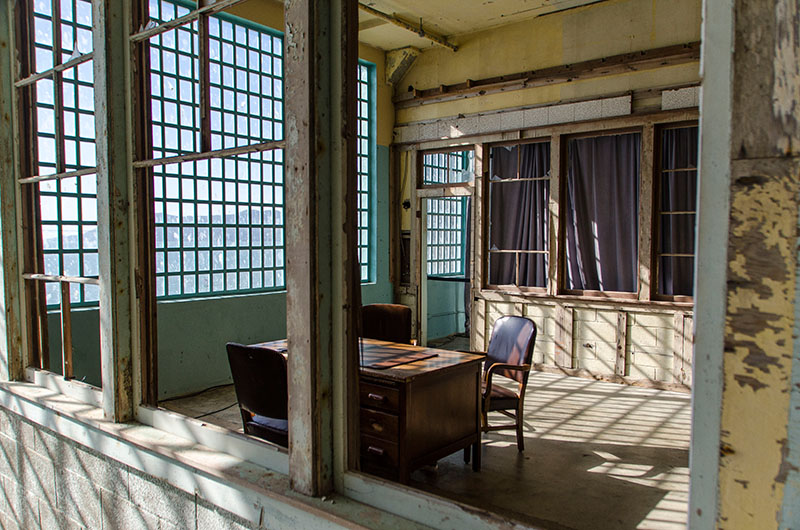 |
|
 |
|
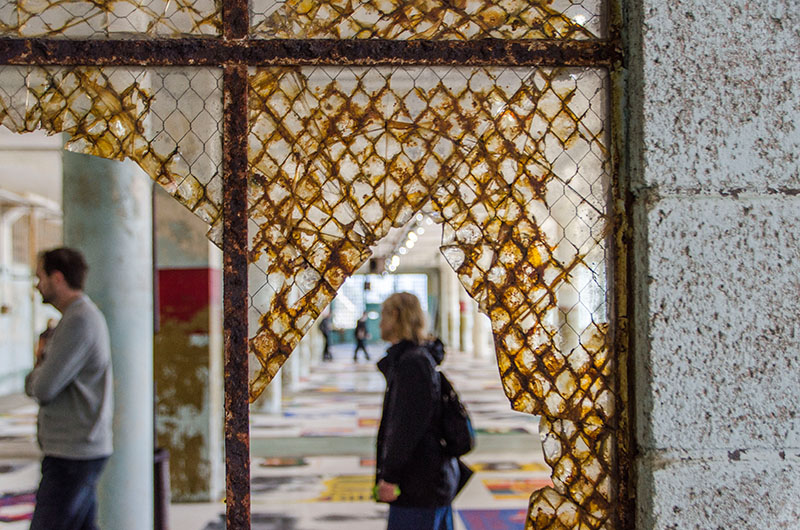 |
|
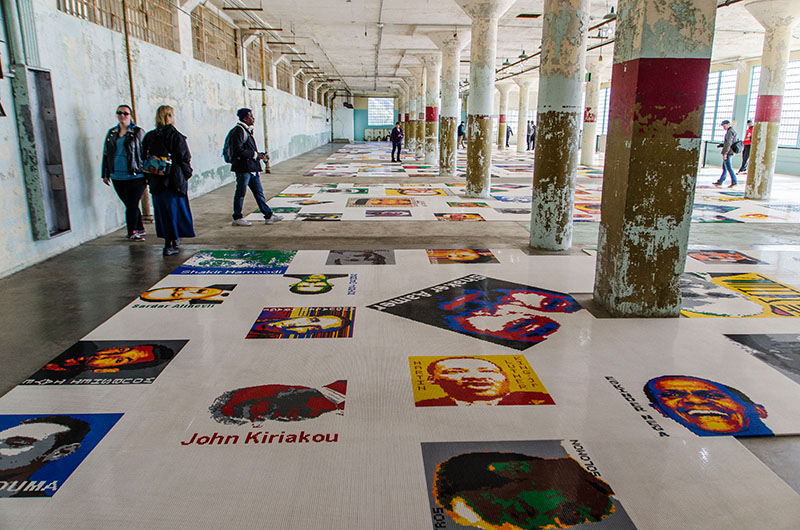 |
|
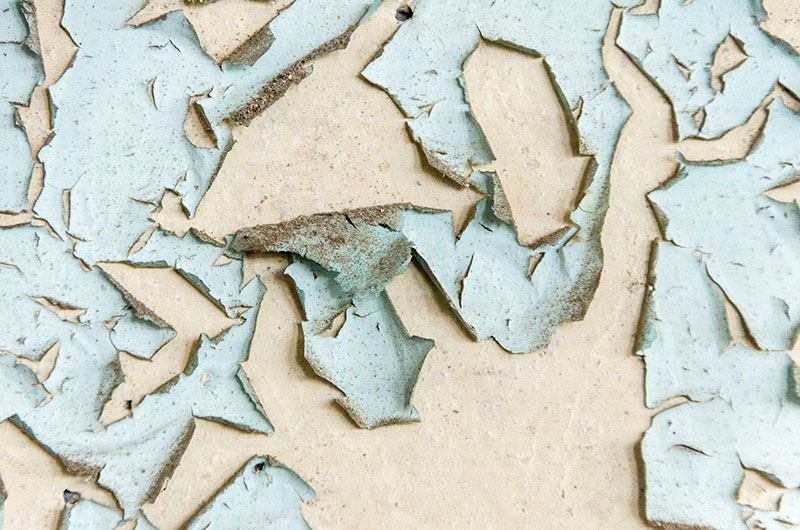 |
|
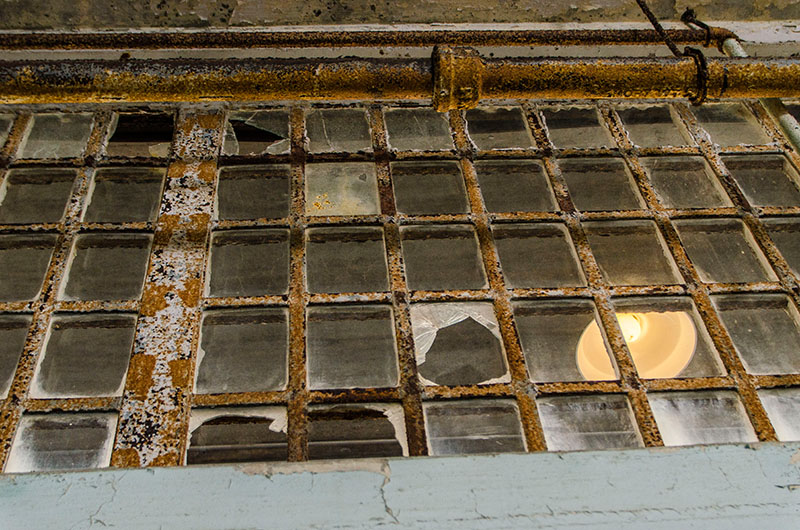 |
|
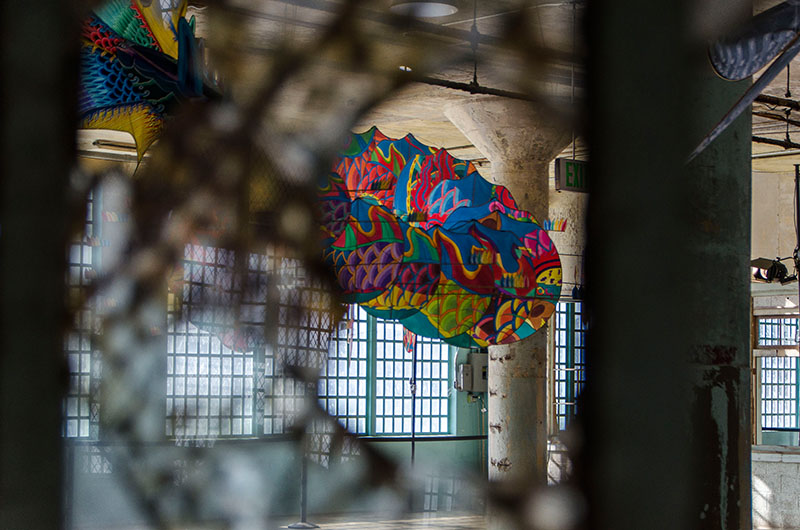 |
|
 |
|
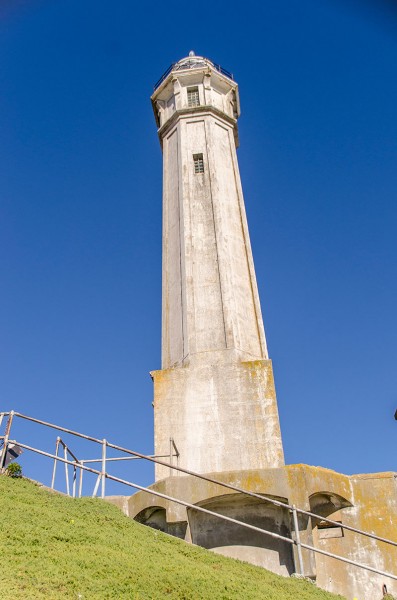 |
 |
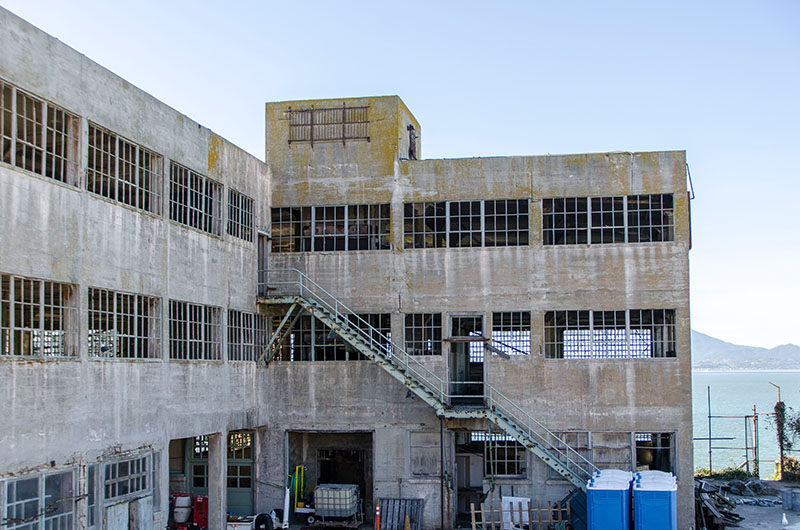 |
|
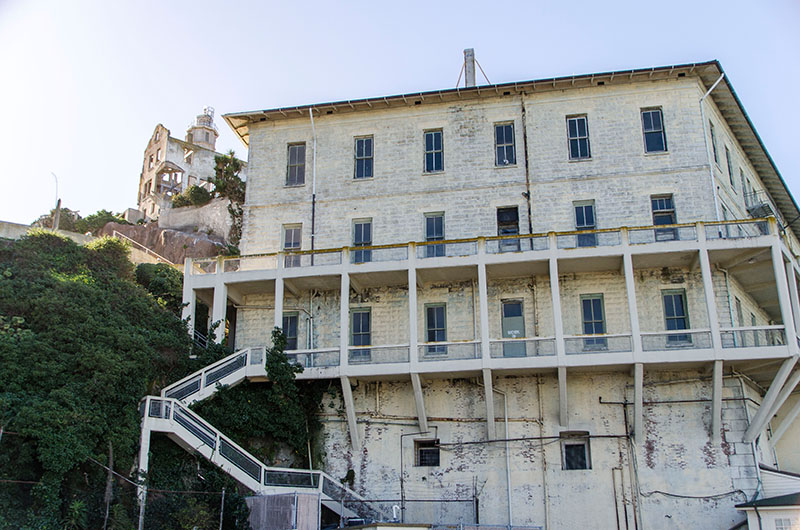 |
|

Jeanne Horak-Druiff
Oh wow – what awesome shots – I *love* the art installation! I really enjoyed our trip to Alcatraz last year – such a haunting place.